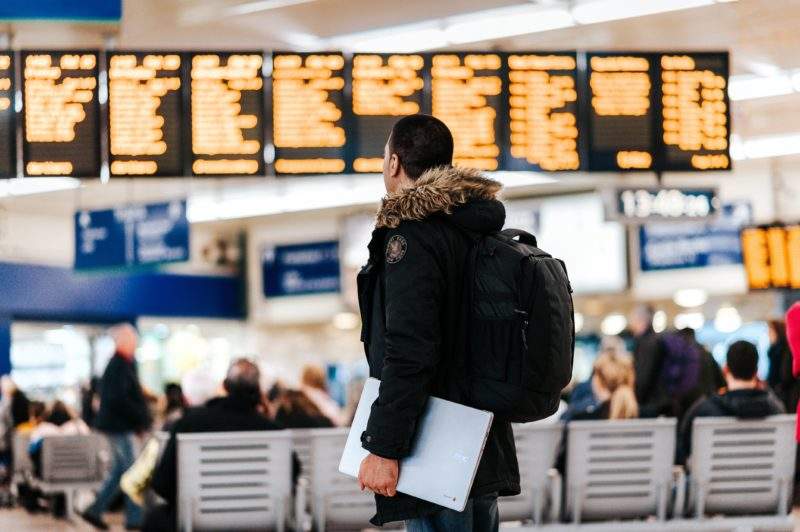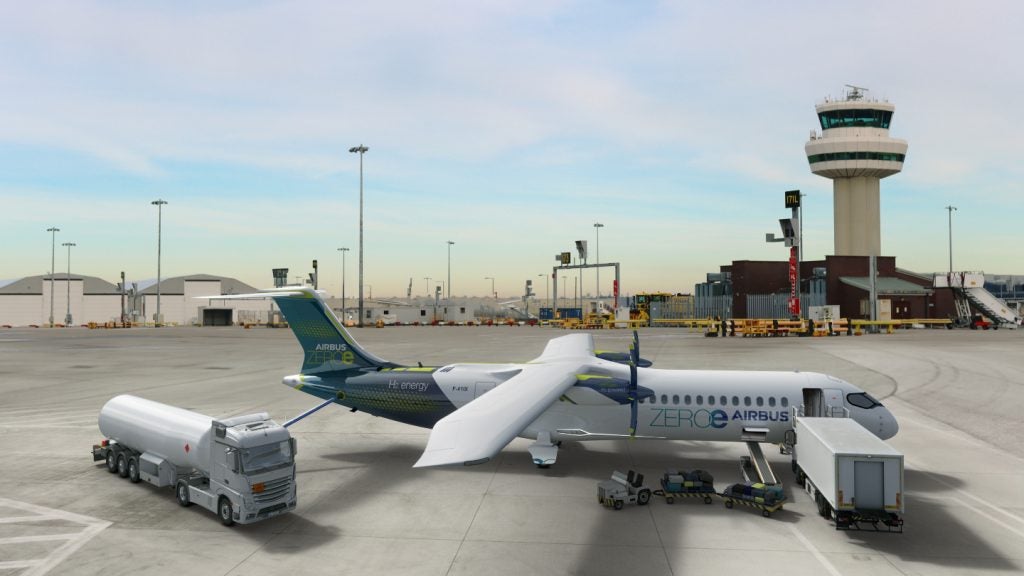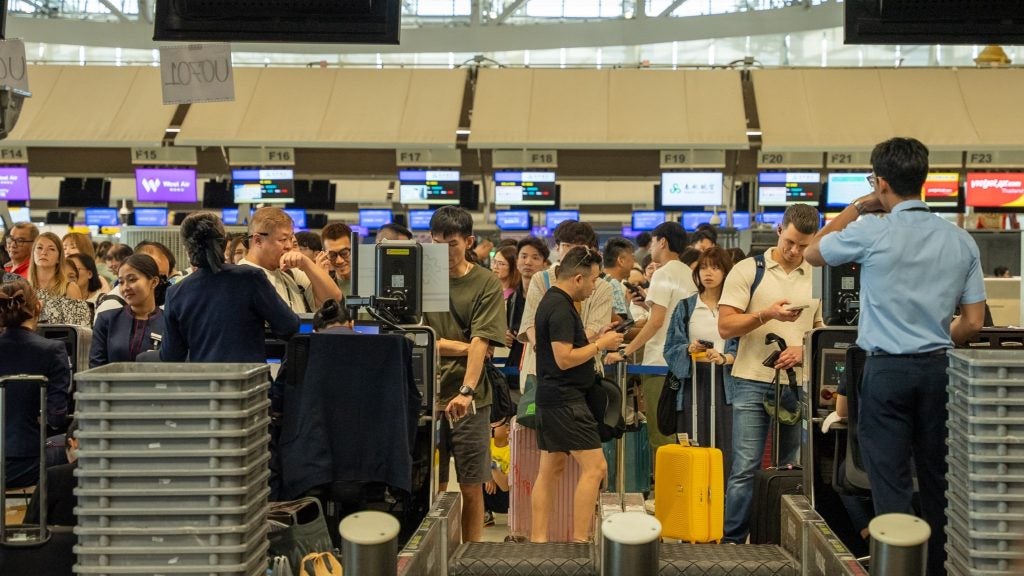
In this year’s Airports Council International (ACI) World’s Airport Service Quality (ASQ) customer satisfaction survey, India’s Mumbai-Chhatrapati Shivaji and Delhi-Indira Gandhi airports scooped first place for airports in Asia-Pacific, while Toronto Pearson and Rome Fiumicino took the top spot for America and Europe respectively.
First time category winners included Newcastle, Athens and Casablanca, to name a few. Adele Berti spoke to Antoine Rostworowski, deputy director general, programmes and services at ACI World, to find out more about the survey.
Adele Berti: How does the ACI’s Airport Service Quality customer satisfaction ‘barometer’ work?
Antoine Rostworowski: The Barometer is not a methodology – it is a visual dashboard representation of key results from the ASQ Departures survey data, collected every quarter in airports that are part of the ASQ Departure Survey programme. The Barometer shows various overall scores and various totals such as: by category, by region and by airport size. This Barometer report is published on a quarterly basis, but a more extensive report is produced on an annual basis, where we also then include the overall satisfaction scores per Passenger Personas. These passenger Personas are also generated from the same ASQ Departures database and represent groups of customers/passengers sharing common characteristics and attitudes.
AB: What does it tell us about customer satisfaction with airports?
AR: The development of the ASQ Barometer was in direct response to members’ feedback that they need to be proactive in measuring their efforts against sound and objective data. Objective measurement and benchmarking are critical in driving performance in any business, especially in such a competitive and dynamic industry such as ours.
The main objective of the Barometer is to provide a global snapshot of the overall satisfaction scores from a global and regional level – allowing airports around the world to measure up against their competition. It does not provide details on which specific elements need to be improved since this level of detailed information is only available to each specific ASQ airport participant, but the overall scores per category provide a global picture of where the journey could be improved.
From a global perspective and from the ACI integrated ASQ results, we know however that the top six drivers of airport passenger satisfaction are the following (starting from the most important): security, retail, food and beverage, infrastructure, wayfinding, check-in, and access.
How well do you really know your competitors?
Access the most comprehensive Company Profiles on the market, powered by GlobalData. Save hours of research. Gain competitive edge.

Thank you!
Your download email will arrive shortly
Not ready to buy yet? Download a free sample
We are confident about the unique quality of our Company Profiles. However, we want you to make the most beneficial decision for your business, so we offer a free sample that you can download by submitting the below form
By GlobalDataAB: How do you explain the finding that the most satisfied passengers are found in larger airports, of over 40 million passengers? Are there lessons there that smaller airports can learn from?
AR: The budget to improve the customer experience might be more important in larger airports, but there are a lot of examples of low budget initiatives that were initiated by larger airports and that could be applied at smaller airports. The ASQ survey allows airports to identify where the best practices are and ASQ encourage sharing of such best practices through the ASQ airport community of participants through various tools, networking events, as well as various ACI research reports looking at how various specific aspects can influence passenger satisfaction: airport cleanliness, low cost and conventional airlines, and others.
AB: Why are so many first time winners in this year’s ranking?
AR: There is currently a strong trend where airports want to move from customer service to customer experience. The efforts are no longer put only on the improvement of the operations, and installations, but on the experience as well. This new trend is reflected in the ASQ scores as more and more airports are deploying tools, such as the ACI’s various ASQ surveys, to better understand their passengers and receive their perspective on key priorities. This is very encouraging for all airports as it provides them with a much more targeted approach to focus their investments on things that will provide the greatest impact.
AB: Customer experience improved in 2017 – what are you expecting from airports’ performance in 2018?
AR: Based on past years’ performance, the trend shows a regular increase in the overall ASQ airports’ performance. Our members are aware of the importance of the customer experience and they use their performance scores to identify strengths and weaknesses. Understanding what is important for their passengers helps airports to prioritise investments and have a direct impact on the improvement of their scores. Airports are more and more knowledgeable and ACI is there to support them. Passengers’ expectations are also changing over time and airports continue to keep track of such changes to be able to adapt and best respond to them. We are therefore expecting to see an increase in the scores in 2018 as well.







